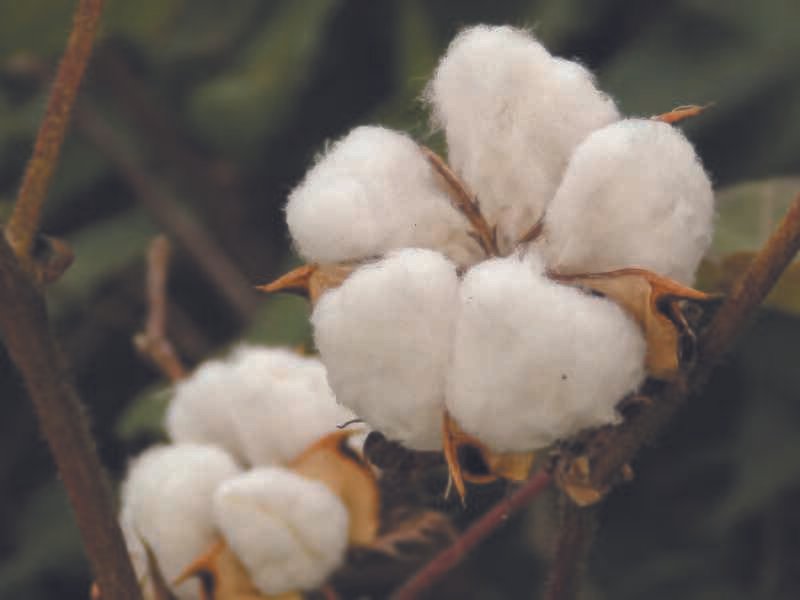The textile industry in India is facing a tough situation due to the surge in cotton prices in the global and local markets. Cotton is the main raw material for yarn production, which is used for making fabrics and garments. The increase in cotton prices has reduced the margins and increased the working capital requirements of textile mills, especially small-scale units that have limited financial resources.
According to the Cotton Association of India, the cotton production in the current season (October 2021 to September 2022) is expected to be lower at around 32.36 million bales (170 kg per bale), compared to 35.3 million bales in the previous season. This is due to factors such as lower acreage, pest attacks, erratic rainfall and crop damage. The domestic cotton prices have risen by almost 113% year-on-year in May 2022, reaching Rs 99,786 per candy (356 kg) for Shankar-6 Guj variety .
The international cotton prices have also increased significantly due to the US ban on the use of Xinjiang region cotton, which accounts for about 20% of the global supply, over allegations of forced labour and human rights violations . The ban has created a supply-demand gap in the global market, leading to higher prices and lower availability of cotton for other countries. The international cotton prices have reached $1.02 per pound in May 2022, up by 66% year-on-year .
The rise in cotton prices has not been matched by a proportionate increase in yarn prices, which have grown by only 45% year-on-year in May 2022 . This has resulted in a squeeze in the spread between yarn and cotton prices, which affects the profitability of yarn manufacturers. The textile mills are also facing challenges in passing on the cost increase to their customers, who are demanding lower prices due to weak demand and competition from cheaper imports .
The high cotton prices have also increased the working capital requirements of textile mills, as they have to pay more for procuring raw material and maintaining inventory. This puts pressure on their liquidity and cash flow situation, especially for small-sized units that have limited access to credit and low bargaining power with suppliers and buyers . Some of the mills have reduced their production or shut down their operations temporarily due to the lack of viability .
The textile industry is hoping for some relief from the government in terms of policy support and interventions to bring down the cotton prices and ensure adequate availability of raw material. Some of the measures suggested by the industry associations include reducing or removing the import duty on cotton, increasing the minimum support price for cotton farmers, regulating the exports of cotton and providing subsidies or incentives for textile units .
The textile industry is also expecting a correction in cotton prices with the arrival of the new cotton season in October 2022, when the supply is likely to improve due to higher production estimates. According to the International Cotton Advisory Committee, the global cotton production is projected to increase by 7% to 25.9 million tonnes in 2022-23, while the consumption is expected to grow by 4% to 25.5 million tonnes . This may lead to a surplus situation and lower prices in the global market, which may benefit the Indian textile industry.
However, until then, the textile industry has to cope with the challenges posed by the high cotton prices and their impact on their margins and liquidity. The industry has to adopt strategies such as diversifying their product mix, improving their operational efficiency, enhancing their value addition and exploring new markets to survive and grow in this competitive environment.
Recent Blog : PM Modi Inaugurates 300 MW Solar Plant in Rajasthan
